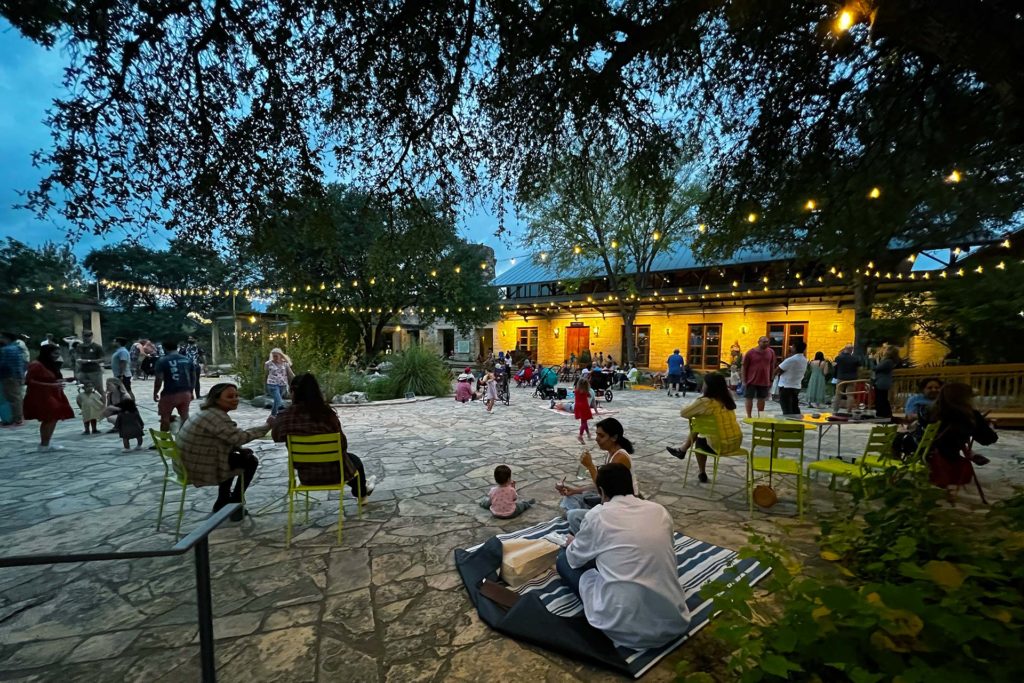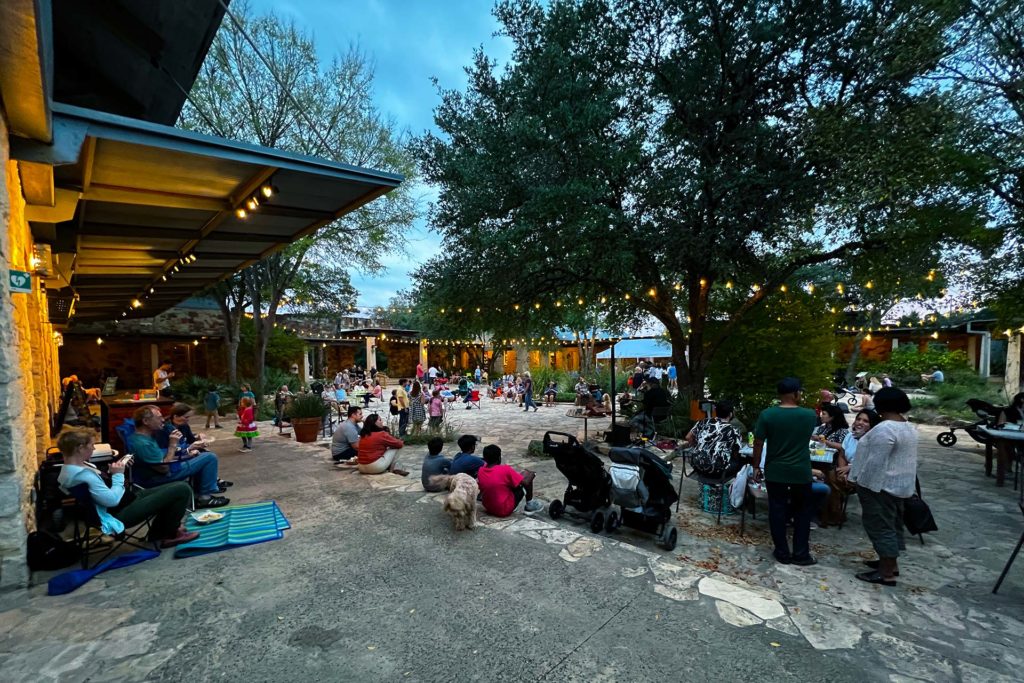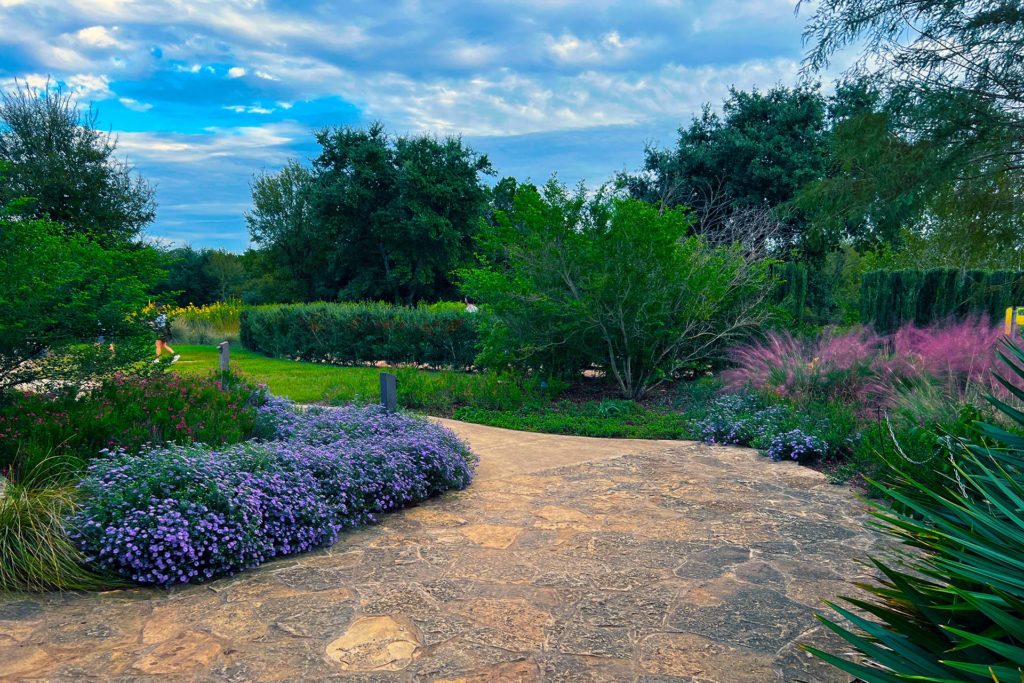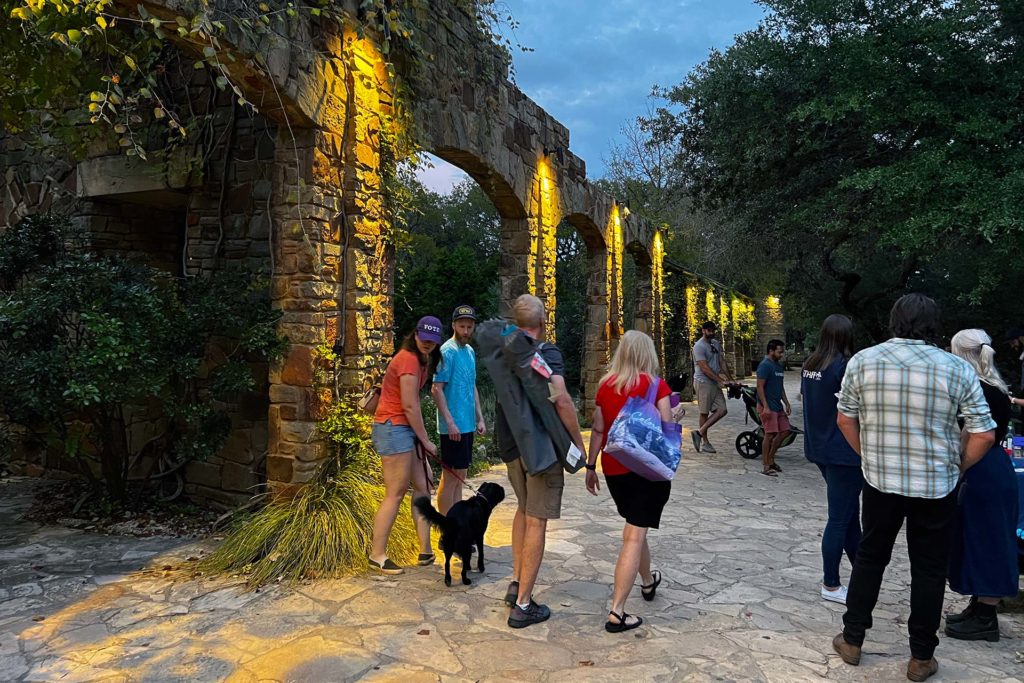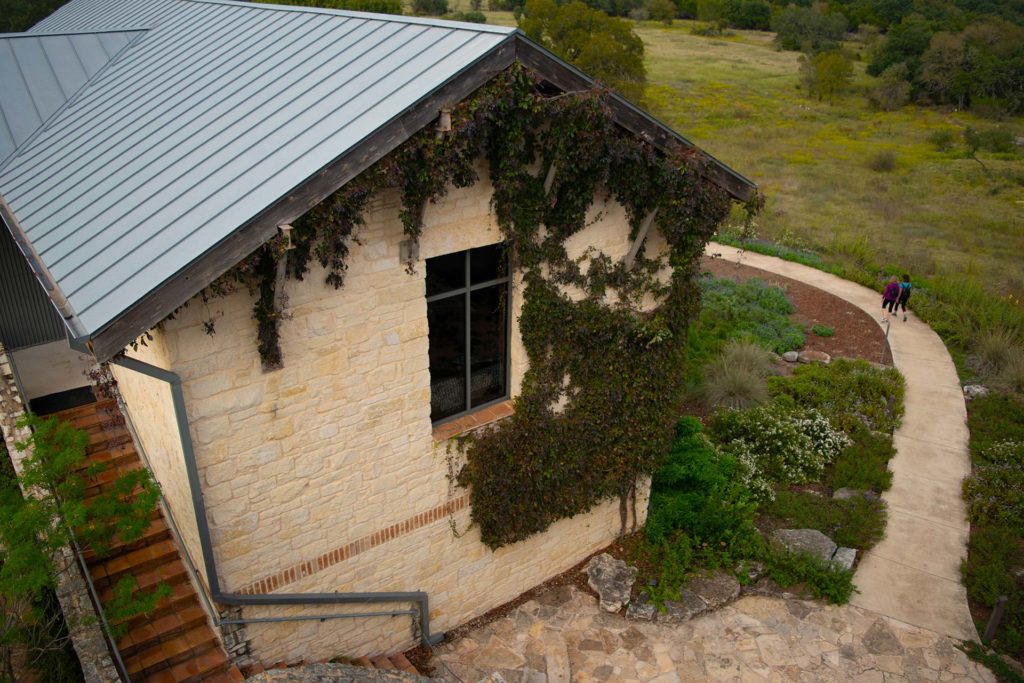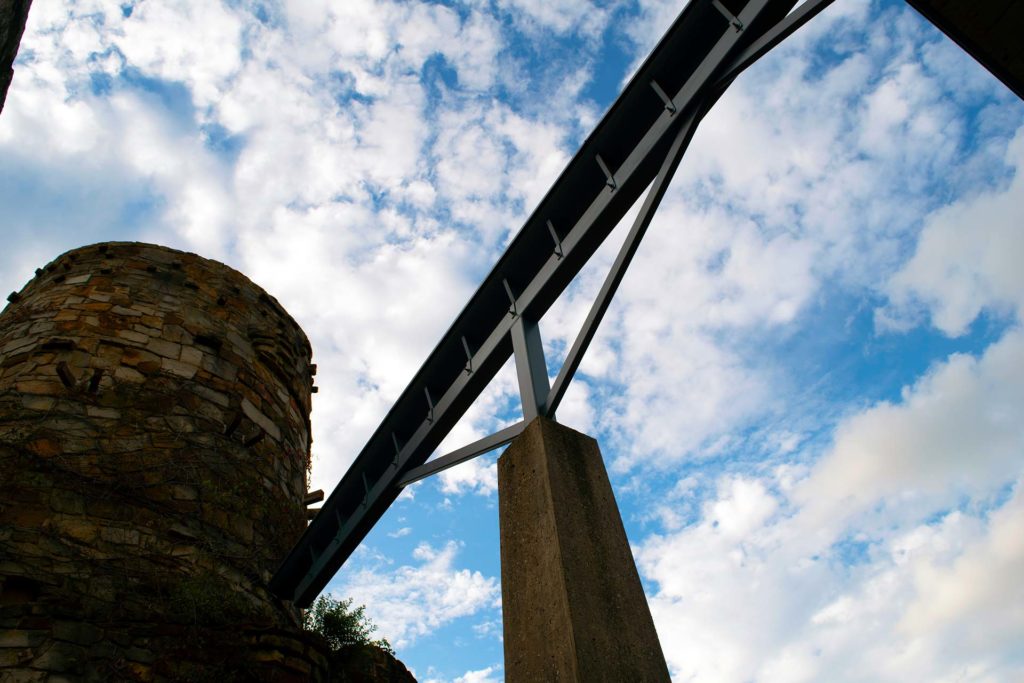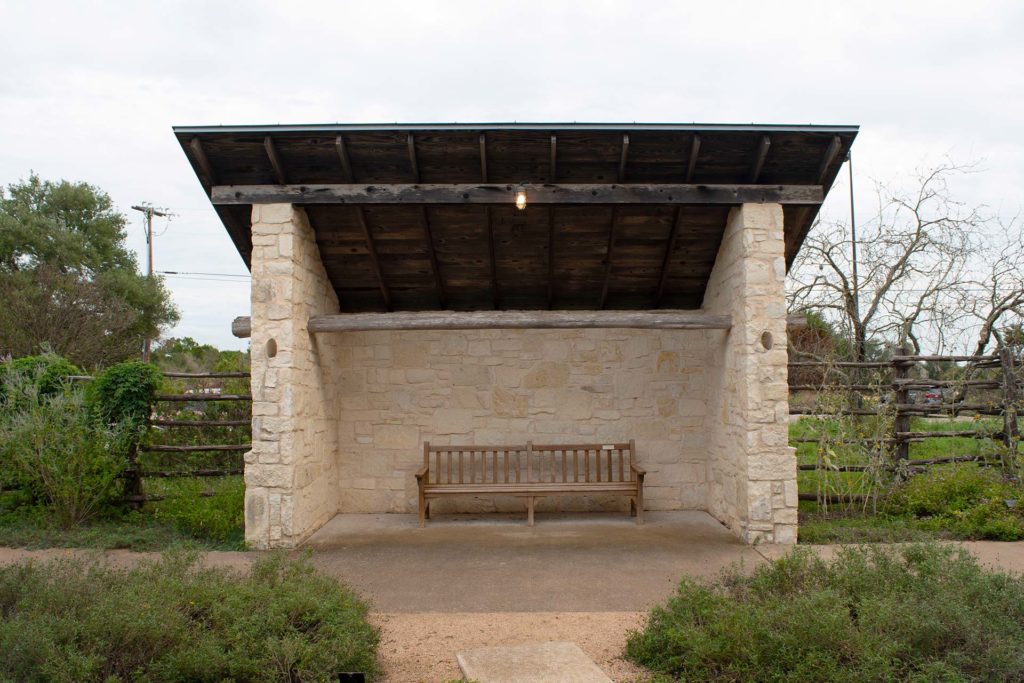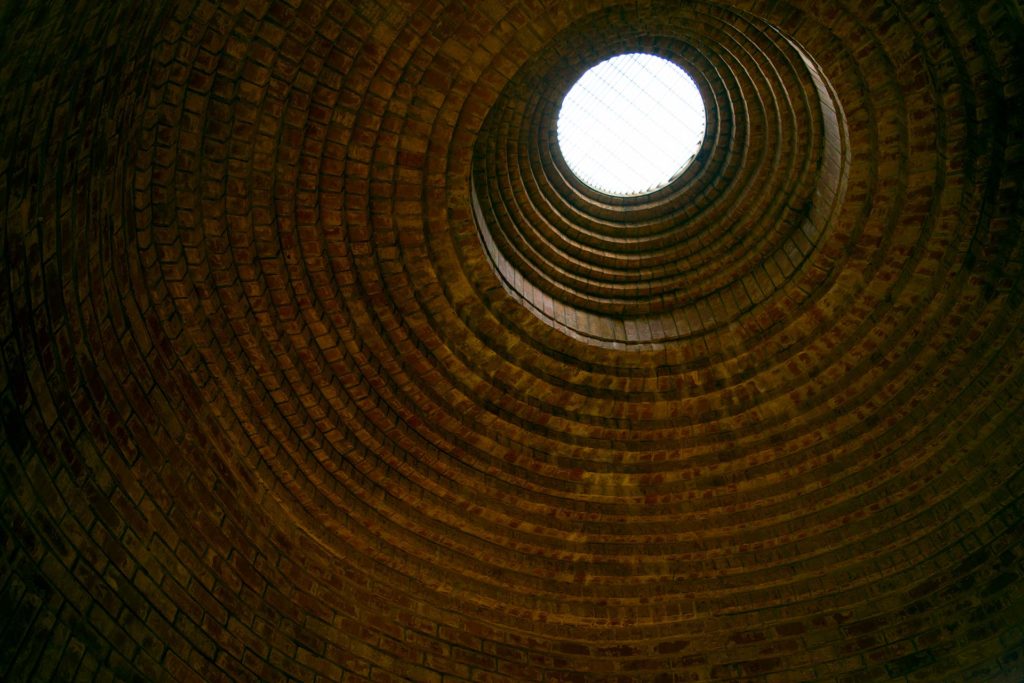The Wildflower Center is located on a mostly undeveloped site in an environmentally and politically sensitive Circle C development. Circle C’s infamous land use battles of the 1980s and ‘90s birthed Austin’s strong ecological movement, including the Save Our Springs ordinance to protect the endangered Barton Springs Blind Salamander—and Austin’s valued natural environment in general. This episode was a visible awakening of Austin’s environmentally thoughtful approach to building and development that continues to grow and mature today.
Set within that slice of Austin’s political history and straddling the Edwards Plateau and Texas Blackland Prairies ecoregions, a village of buildings are grouped around a welcoming South Texas courtyard that combines plaza, water, and shade to create a formal yet comfortable central organizing space. A joyful system of cisterns, aqueducts, and canals connects buildings, spaces, and land while acting as a reminder that water is an essential and scarce earthly element here atop the Edwards Aquifer. Both celebrating and educating nature, the environmental outpost joins visitors to the outdoors through its sensitive siting, inspiring use of materials, and smartly crafted details.
Familiar local limestone and wood materials situate the visitor assuredly in Texas architectural history: they are both warm and, at times, strongly reminiscent of Texas missions and fort structures. The rooted, exuberant exterior masonry work on the central cistern and observation tower combines with the sublime, interior brick dome. No ordinary dome, it contains an oculus to protect precious rainwater and inspires visitors to care about its life-giving value and central place in Austin’s environmental history. -Riley Triggs, AIA
Sustainability Highlights
- AIA Committee on the Environment Earth Day Top Ten
- SITES 2-Star (The Sustainable SITES Initiative)
- A 65,000-gallon rainwater harvesting system collects an average 175,600 gallons of rainwater per year for their 100% native plant gardens via an efficient low-flow landscape irrigation system.
- Extensive use of local materials that were harvested on site and nearby tie it directly to the land.
- Solar arrays generate 9,150 watts that covers about 50% of energy needs of the complex.
- The Center led the development of the Sustainable SITES Initiative landscape rating system in collaboration with the U.S. Botanic Garden and the American Society of Landscape Architects.
- To protect the site during construction, all vegetation was tagged and priced against damage. A mature live oak tree cost $25,000; a cedar elm went for $10,000; turfgrass brought $30-$40 a yard.
- Animal diversity includes more than 1,800 insect species, 148 bird species and 15 mammal species.
